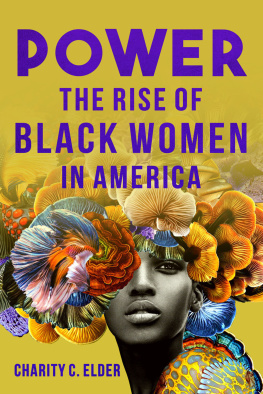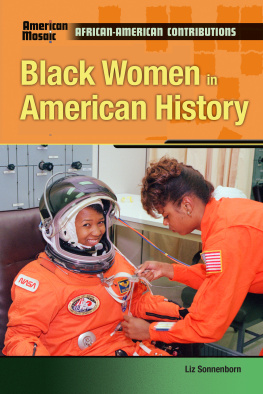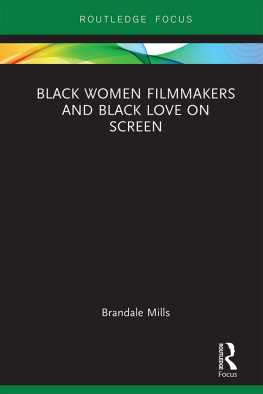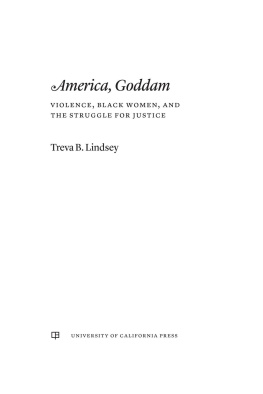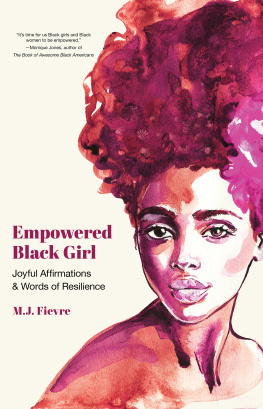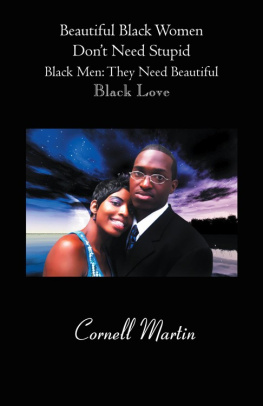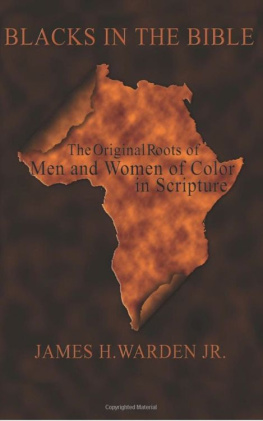Copyright 2020 by Dianne M. Stewart
Cover design by Shreya Gupta
Cover image Boykung / Shutterstock.com
Cover copyright 2020 Hachette Book Group, Inc.
Quotes from The Prisoners Wife by Asha Bandele 1999 by Asha Bandele. Reprinted with the permission of Scribner, a division of Simon & Schuster, Inc. All rights reserved.
Hachette Book Group supports the right to free expression and the value of copyright. The purpose of copyright is to encourage writers and artists to produce the creative works that enrich our culture.
The scanning, uploading, and distribution of this book without permission is a theft of the authors intellectual property. If you would like permission to use material from the book (other than for review purposes), please contact permissions@hbgusa.com. Thank you for your support of the authors rights.
Seal Press
Hachette Book Group
1290 Avenue of the Americas, New York, NY 10104
sealpress.com @sealpress
First Edition: October 2020
Published by Seal Press, an imprint of Perseus Books, LLC, a subsidiary of Hachette Book Group, Inc. The Seal Press name and logo is a trademark of the Hachette Book Group.
Some names and identifying details have been changed to protect the privacy of individuals.
The Hachette Speakers Bureau provides a wide range of authors for speaking events. To find out more, go to www.hachettespeakersbureau.com or call (866) 376-6591. The publisher is not responsible for websites (or their content) that are not owned by the publisher.
Library of Congress Cataloging-in-Publication Data has been applied for.
ISBNs: 978-1-58005-818-6 (hardcover); 978-1-58005-816-2 (ebook)
E3-20200827-JV-NF-ORI
To all the Black women in the world who desire and deserve healthy, loving relationships
M arriage is a pervasive and compelling institutiona subject our culture cannot relinquish. Our relationship worlds revolve within the universe of love and marriage.
Yet its no secret that marriage is not what it used to be in America. Across the last century, marriage rates declined and divorce rates increased by record numbers, regardless of racial or ethnic background. The beginning of the twenty-first century is already showing similar patterns. But the data pertaining to rates of marriage among Black women register a distinctive social reality. The 2010 US Census, for example, revealed that in 2009, 71 percent of Black women in America were unmarried. Of that group, 71 percent of Black women between the ages of twenty-five and twenty-nine and 54 percent between the ages of thirty and thirty-four had never been married.
These statistics correspond with the decline in marriage among African Americans since 1960. In that year, 61 percent of African Americans over the age of seventeen were married, compared to 74 percent of Whites and 72 percent of Hispanics. By 2010 those percentages had dropped to 30 percent for African Americans, 55 percent for Whites, and 47 percent for Hispanics.
Most heterosexual Black women in America today, whether parenting offspring or not, are single by circumstance, not by choice. And despite these decades-long efforts to encourage marriage among single parents, unresolved issues remain.
Perceiving that marriage, especially when healthy, tenders a range of transgenerational rewards for families, communities, and the wider American society, the federal government has launched a series of initiatives designed to increase the rates of marriage among American citizens. The relevant legislation and guidelines for accessing federal resources have always emphasized special incentives for low-income women, who often assume primary child-rearing responsibilities, and at-risk couples, inclusive of high school adolescents. The African American Healthy Marriage Initiative (AAHMI), a branch of President George W. Bushs Healthy Marriage Initiative (HMI), targeted Black cohabiting couples and single parents specifically and empowered varied organizations and entities to provide culturally competent healthy marriage programs.
Under President Barack Obamas administration, these incentives were reinforced and expanded to encompass official Healthy Marriage and Responsible Fatherhood programs, with the objective of closing the marriage gap and reversing the trend of declension.
However, this range of federal initiatives shows that the federal government has miscalculated the problem and its causes. The decoded identity of Americas low-income mothers, at-risk youths, and irresponsible fathers is disproportionately Black. And for Black womenthe group most likely to check the never married survey boxthe strategys deficiencies are all the more evident. By treating the issue as a moral one that demands solutions aimed at socializing poor, at-risk (disproportionately Black) women to value marriage, policy makers and implementers have missed the mark.
During my college days in the late 1980s, the perceived social fragility of Black mens existence in the United States compelled me and so many of my Black female counterparts to rehearse the statistic that for every eligible Black man, there are seven eligible Black women. Immediately, Meg Ryans character, Annie, chimes in, That is not true; that statistic is not true. However, Rosie ODonnells character, Becky, the unmarried, lovelorn spinster, apparently knocking on fortys door, wins the audiences sympathy as she mutters just slightly above her breath, Its not true, but it feels true.
Watching the scene for the first time, I became acutely aware that the social and emotional distance between Becky and me was measured by the fact that what felt true about dating and marriage options for White women actually was true about the available pool of Black men. Black men experience the highest mortality, unemployment, and incarceration rates in the country. the gross imbalance between their personal and professional readiness for marriage and their Black male counterparts unpreparedness and unavailability could not be more true. In some cases Black women lack dating prospects within their socioeconomic group, and in other cases they dont have any dating prospects at all!
Growing up Black and navigating my own passage from girlhood to womanhood in North America, I had never expected that the social markers of race and gender would count against me so heavily in the arenas of romantic love and marriage. In obvious public arenas of social mobilityeducational and professional attainmentsI might have expected racism and sexism to play a role. But even love and marriage are not intrinsically private affairs. They too confer social goods and privileges, and they can also siphon them away.
By the time I entered college, I was awakening to some of the challenges Black women were facing when it came to love and marriage, but I remained a bit of a hopeless romantic. I had latched on to the love story of my great-grandparents Margaret Mammy Blissett and Nathaniel Natty Brown, whose shared love was so pure that it became my standard for how love should look and feel. Their story stayed with me from girlhood to young womanhood, issuing a strong dose of confidence that enduring love and marriage would never elude me, even if it had eluded so many Black women around me.
Reality proved more difficult. I wedded my first husband one month before I began my doctoral studies in my midtwenties and received my divorce decree one month before I walked across the stage to accept my PhD degree just four years later. The archive of my thirties and early forties stored additional marriage and divorce certificates, each document a story unto itself of shared hopes and disappointments. For much of my adult life, as far as I could see, no Natty of my generation was anywhere to be found in these United States of America. My personal experiences with love and marriage typified another common condition Black women who do fall in love and marry Black men know all too wellearly or serial marital dissolution. But I wasnt yet able to see my experience as something collective, shared among many Black women in America.


